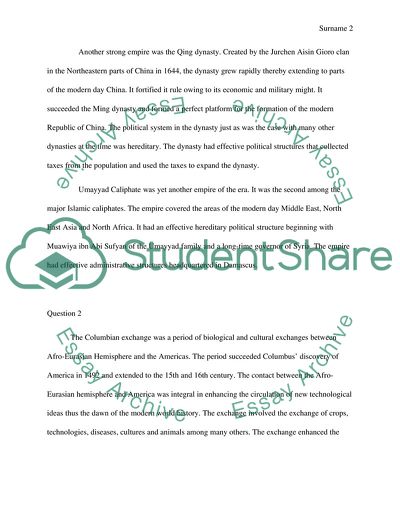Cite this document
(A Brief Global History Assignment Example | Topics and Well Written Essays - 1500 words, n.d.)
A Brief Global History Assignment Example | Topics and Well Written Essays - 1500 words. https://studentshare.org/history/1858684-world-history
A Brief Global History Assignment Example | Topics and Well Written Essays - 1500 words. https://studentshare.org/history/1858684-world-history
(A Brief Global History Assignment Example | Topics and Well Written Essays - 1500 Words)
A Brief Global History Assignment Example | Topics and Well Written Essays - 1500 Words. https://studentshare.org/history/1858684-world-history.
A Brief Global History Assignment Example | Topics and Well Written Essays - 1500 Words. https://studentshare.org/history/1858684-world-history.
“A Brief Global History Assignment Example | Topics and Well Written Essays - 1500 Words”. https://studentshare.org/history/1858684-world-history.


